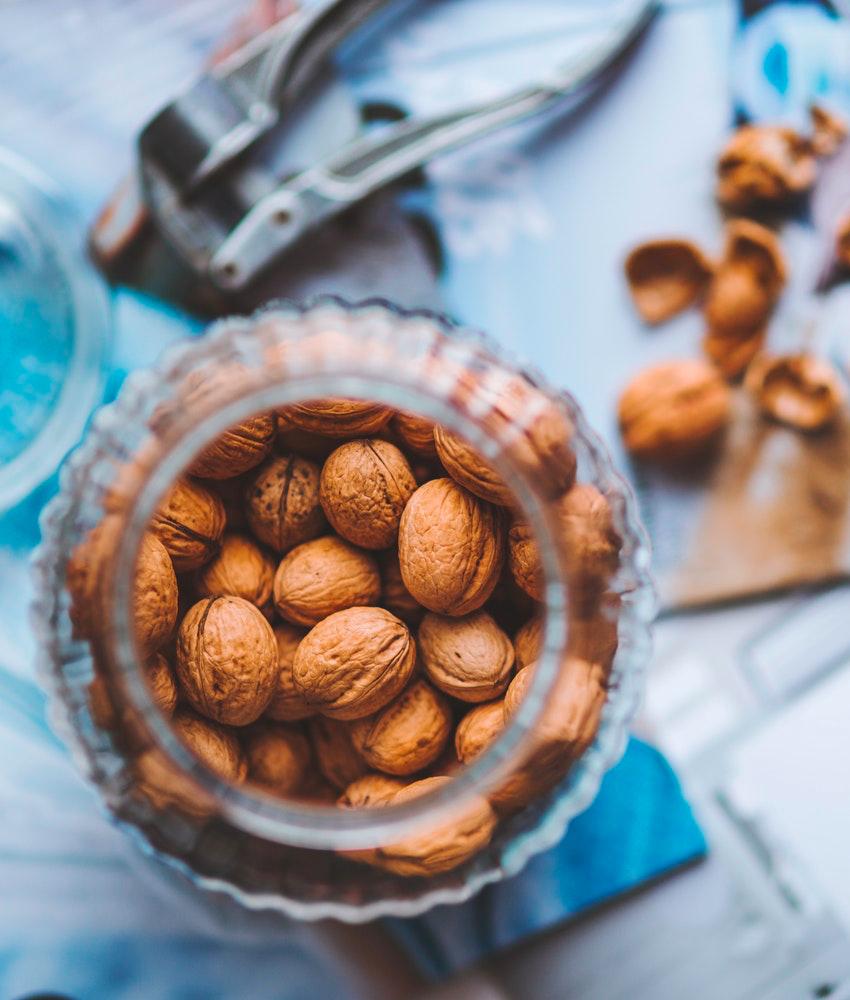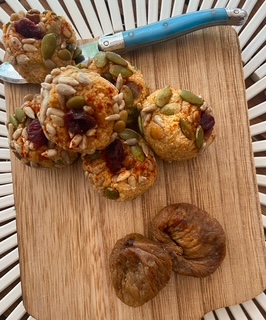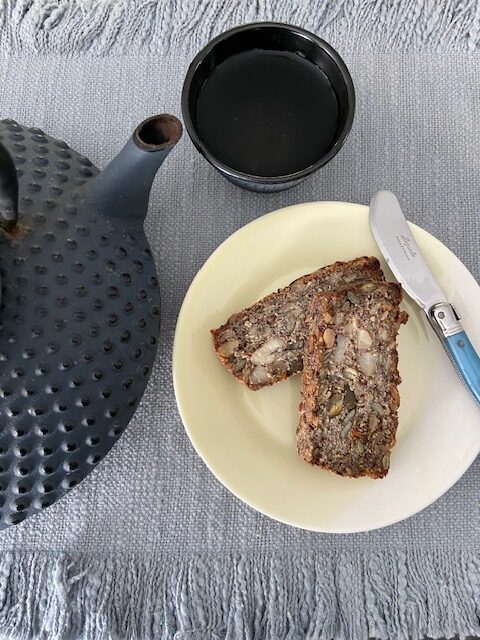Are you a health nut?
We all know that eating nuts can be good for us, with health experts saying we should be eating more nuts for our health. In fact a study has shown that live expectancy can be increased by eating just a handful of nuts a day.
But just how many nuts should we be eating? The Australian Dietary Guidelines recommend a daily serving of 30g of nuts, so how many is that and what do they contain? Here is a quick guide:
- Almonds: 20 -30 High in protein, vitamin E and especially high in calcium
- Brazil nuts: 10 High in fibre and the richest known source of selenium
- Cashews: 15 High in copper, zinc and iron
- Hazelnuts: 20 High in fibre, potassium, folate and vitamin E
- Macadamias: 15 High in monounsaturated fat, thiamine and manganese
- Peanuts: 40 High in protein
- Pecans: 15 High in fibre and antioxidants
- Pine nut: 2 tablespoons High in zinc, iron and the amino acid, arginine
- Pistachios: 30 High in protein, potassium, plant sterols and the antioxidant resveratrol
- Walnuts: 10 whole or 20 halves High in alpha linoleic acid: plant omega 3 and antioxidants
Using this guide can help with your portion control. Measure out what you need, leaving the rest in the packet can be a great way to make sure you get your daily recommended intake.
Here are some great nutty lessons:
Lesson 1. Buy raw, unsalted nuts and mostly store them in a dark, cool place. However walnuts, pine nuts and brazils are best stored in a fridge or freezer to stay fresher for longer. Raw nuts have a shorter shelf life than roasted ones but retain valuable nutrients lost when roasted.
Lesson 2. There are some surprising health benefits. For example studies show that those who regularly consume nuts tend to gain less weight over time than those who don’t. Nuts are also rich in fibre and protein so keep you fuller for longer.
Lesson 3. You can use them everywhere – raw, roasted, salted, ground up to make flour, pulverised to make butter, or blitzed to make Mylk.
Lesson 4. There is no need to activate almonds, soaking almonds (and other nuts) may be called for in recipes but this is mainly to soften them, not to increase their nutritional content. Soaking nuts activates the germination process which breaks down phytic acid found in nuts and also reduces vitamin B content.
Lesson 5. What most of us refer to as nuts aren’t actually nuts at all. The peanut is actually a legume, and almonds, cashews, coconuts, pecans, pistachios, macadamias and walnuts are all drupe seeds, the same family as peaches, cherries and plums.



